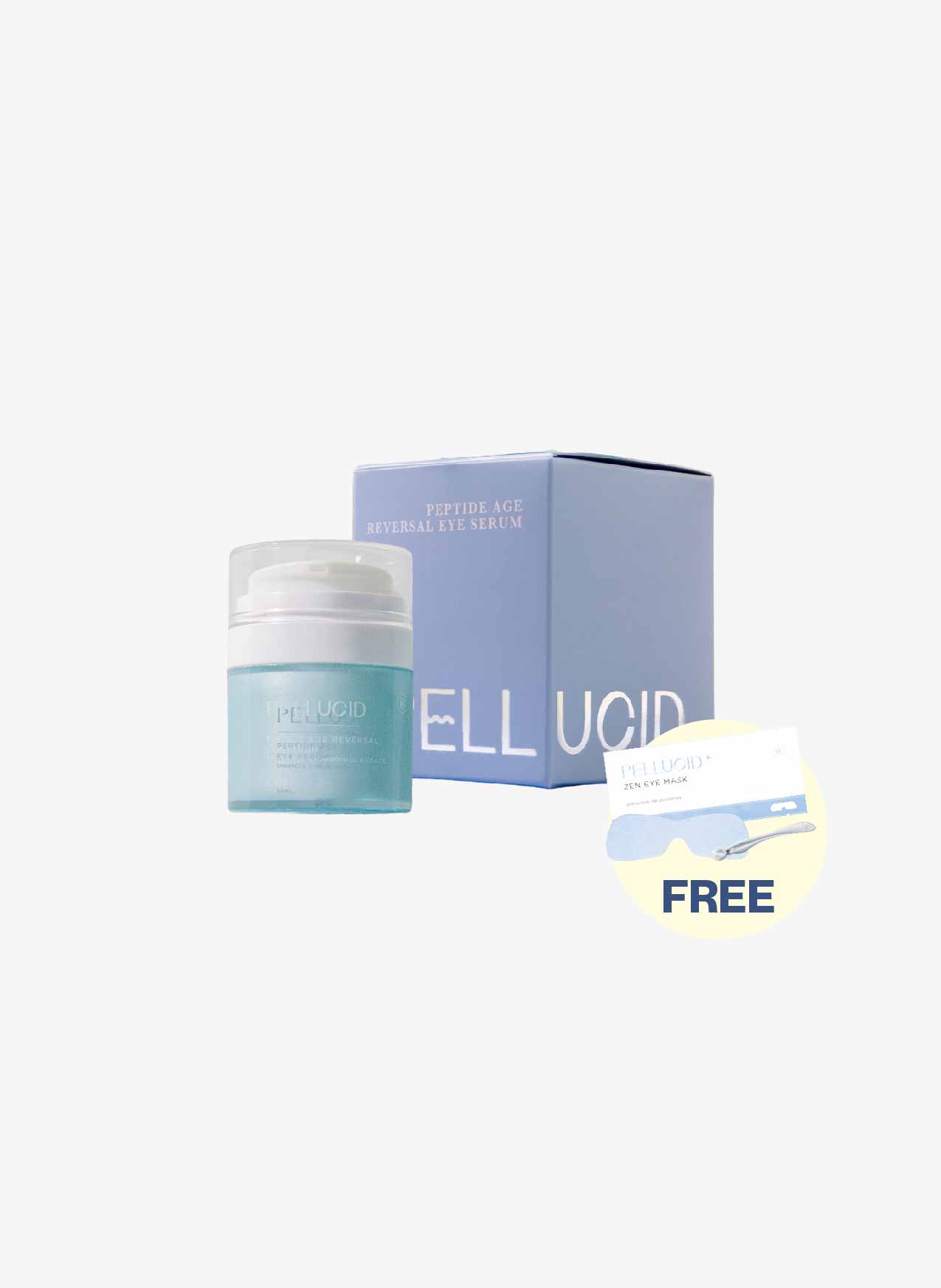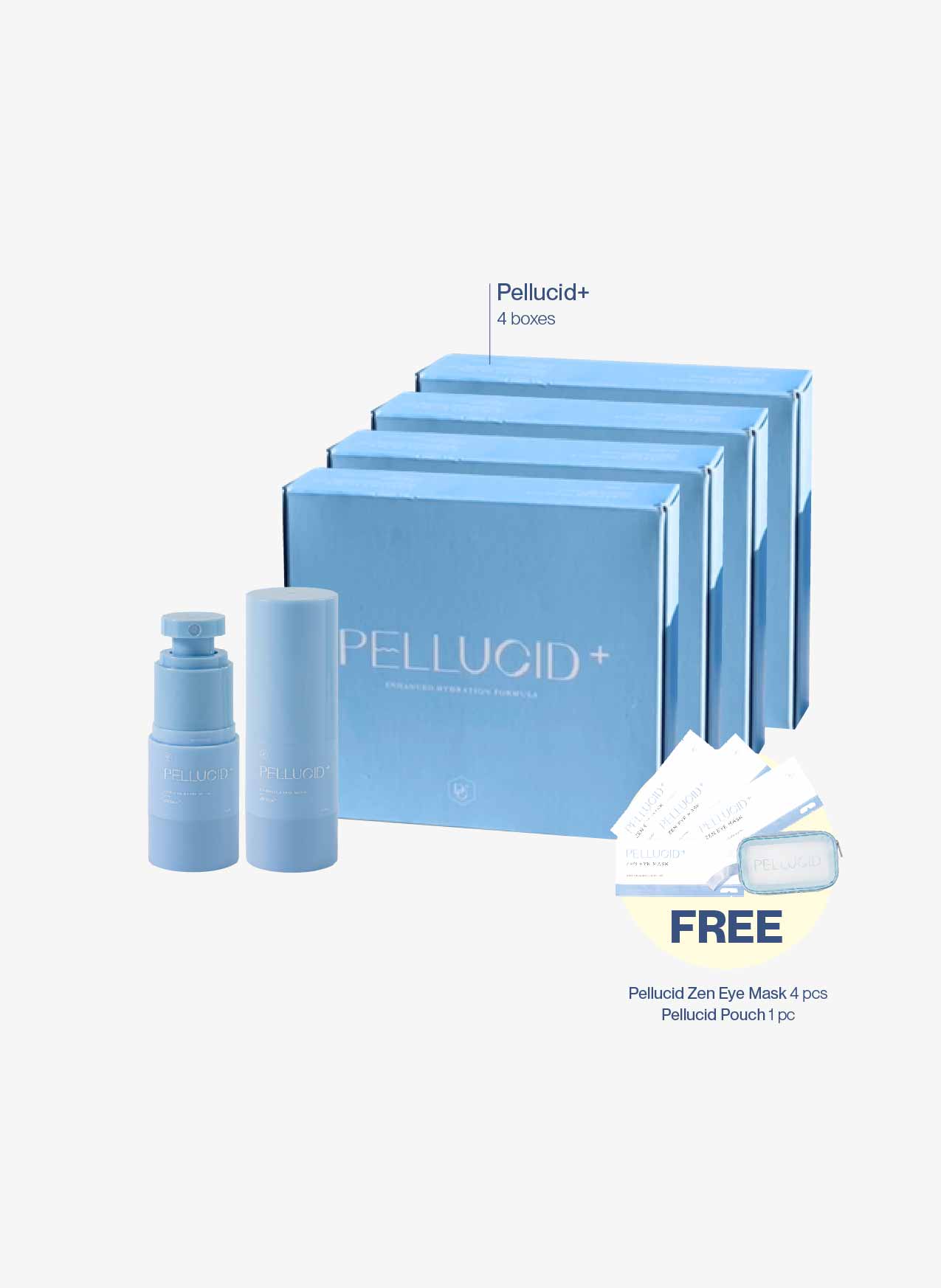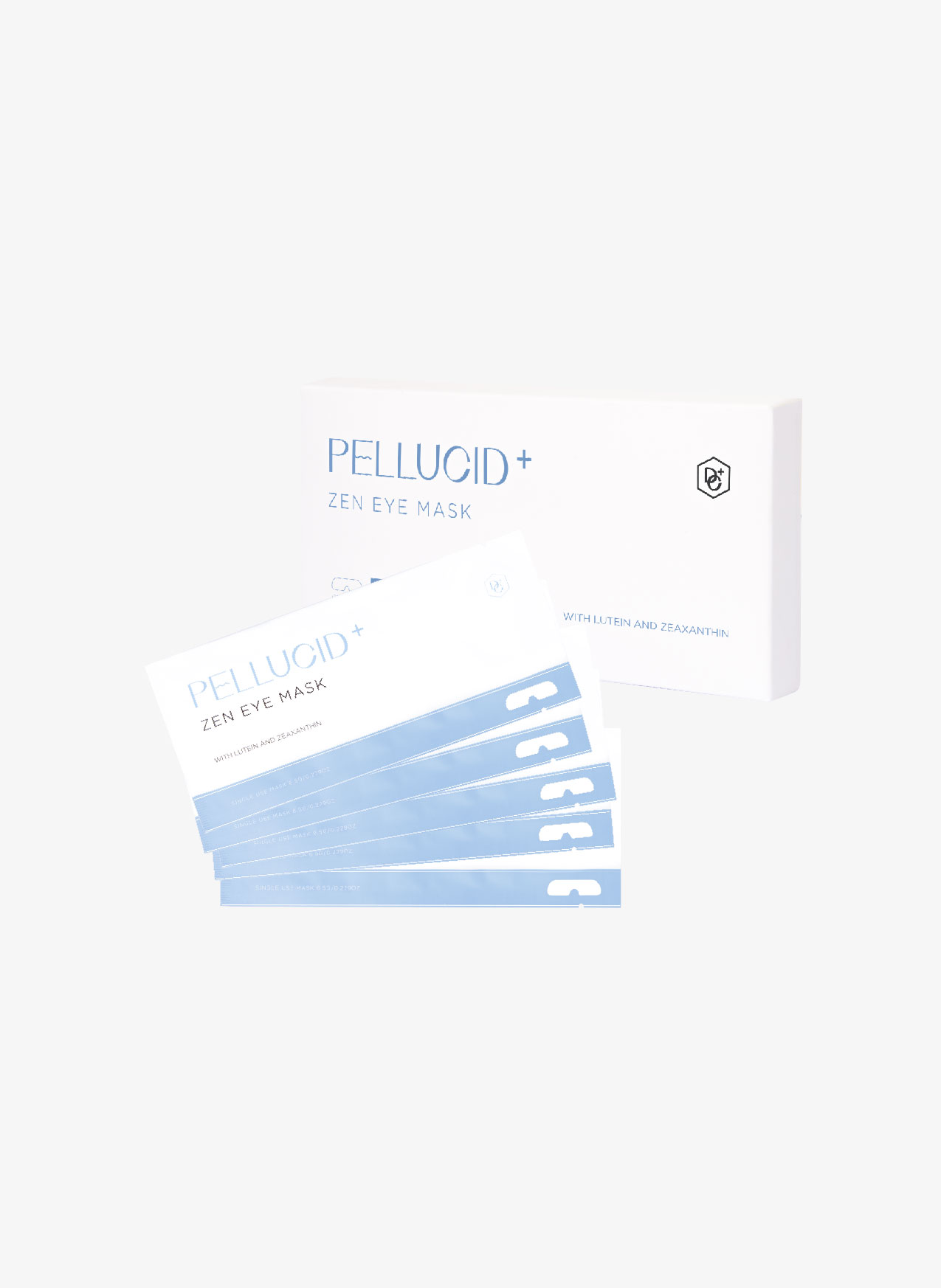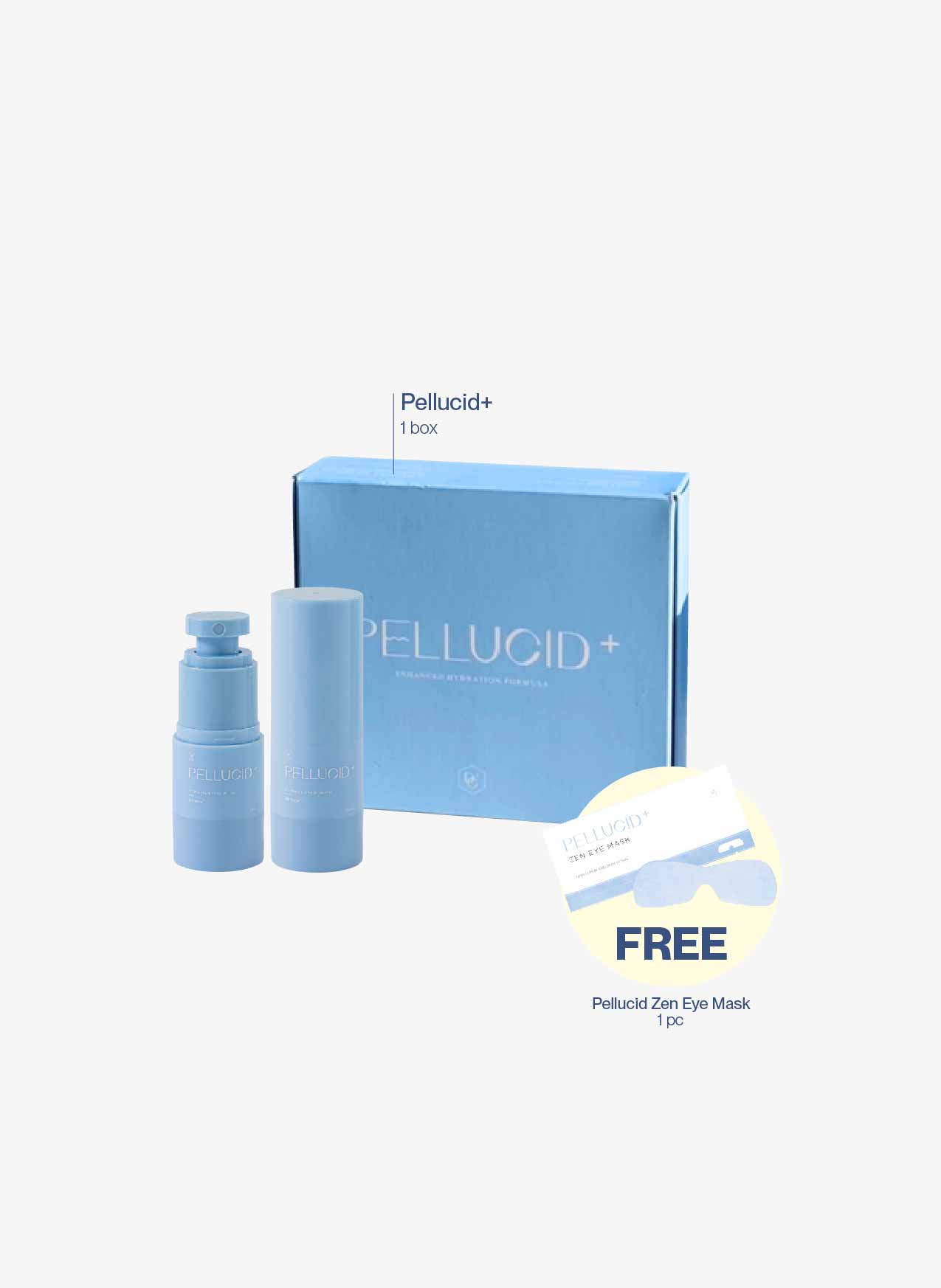Made to
Refresh & Renew
Keep your eyes fresh, hydrated, and protected
—every single day
Our Products
Your eyes
deserve a little luxury
—without the extra steps.
Beauty & Daily Boost
Dark Circles
Tired Eyes
Glow & Relax Collection
Eye Health & Treatment
Targeted Treatment Essentials
Eye care that goes deeper.
Whether it’s dryness, redness, fine lines, or lens discomfort—this range is designed to calm, hydrate, and treat sensitive eyes with care.
E-commerce Sellers
Stay in the loop and discover more by following us for the latest updates and exclusive offers!
Relieves eye fatigure, effective for dry eyes, provides instant relief
吓到我!一用了直接看到不肿了
抚平细纹,黑眼圈淡化,双眼不再憔悴
My stubborn dark circles have visibly improved!
I have history milf glaucoma, red become white eyes, thanks seller!




